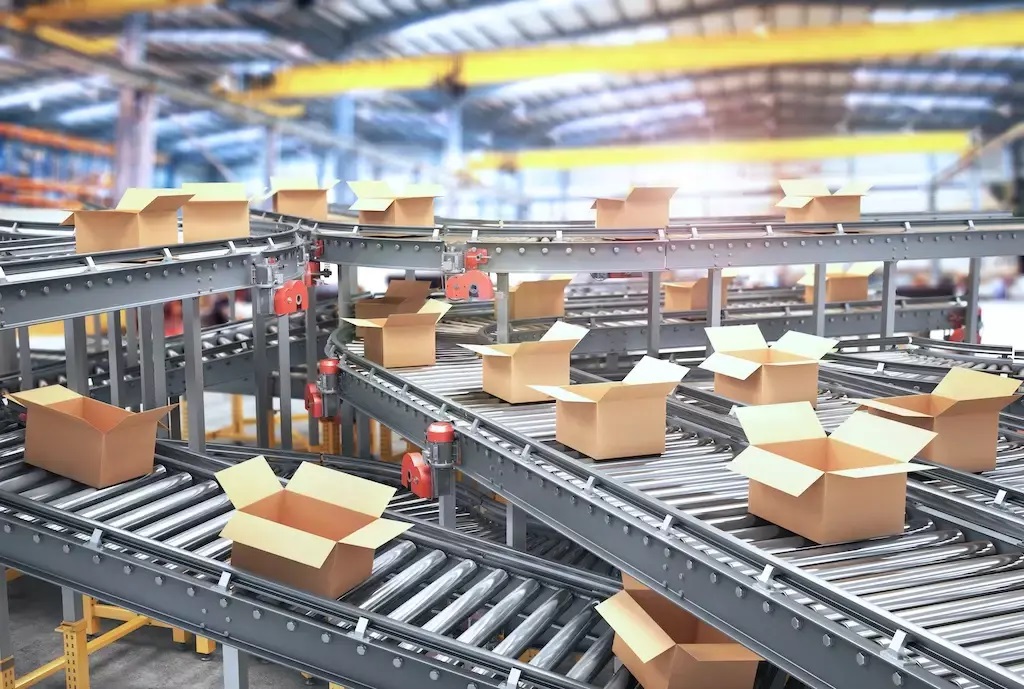
Today’s business environment brings:
- Labor shortages
- Supply chain disruptions
- Increased competition
- Price fluctuations and economic uncertainty
These (and a host of other) factors are demanding that manufacturers increase their efficiency, lower their costs, and improve time to market. One way to accomplish those is by increasing the use of automation and the technologies supporting the process – AI, AR/VR, 5G – and so many more.
Wise implementation of manufacturing automation provides the opportunity to drive throughput, reduce costs, streamline business processes, and improve product quality while also combatting the industry’s labor shortages. Obviously, automation requires advanced technology, and that’s how Edge computing enables the increased use of automation.
Taking full advantage of Industry 4.0 and IIoT, Edge computing brings technology physically close to devices, addressing latency, reliability, and security issues common on the manufacturing floor. It also opens remote connectivity possibilities, supports resilient decision-making, and improves process efficiency (of which data is a key part).
We recently posted an article covering the top reasons you should care about Edge computing, which is a great springboard into this discussion focusing on automation.
The Growing Need for Manufacturing Automation
According to the 2021 Deloitte and The Manufacturing Institute Manufacturing Talent study, by 2030, U.S. manufacturing is expected to have 2.1 million unfilled jobs. That’s a huge number, so it is no surprise that attracting (and retaining) a quality workforce is a top challenge for most modern manufacturers. In fact, they have no choice now but to find new ways to streamline and automate business processes.
As manufacturing environments quickly pivot to handle immediate needs and also implement automation processes, data remains the key to making smart decisions. Edge computing helps manage essential data, improve connectivity, and create “digital factories” that integrate operational technology (OT) with information technology (IT).
Edge Computing to the Rescue
It is no easy feat to acquire, analyze, and act on operational data within a factory. Especially in older “Established’ businesses; there is always the natural reflex that “If it ain’t broke, don’t fix it”. Yet, because Edge computing puts data processing close to the network edge, manufacturers can improve process efficiency and gain that coveted competitive advantage, regardless of how long they have been doing it like they have always done it.
Here’s a snapshot of what Edge computing can do for manufacturers:
- Monitor equipment effectiveness throughout the floor using IoT, smart sensors, AI, robotics, etc.
- Process data at incredible speeds with impressive repeatability
- Use predictive maintenance programs to detect potential problems and get them fixed before they happen
- Provide asset tracking in real-time
- Increase visibility across the supply chain
- Manage inventory to make the value chain more efficient
Having computers connected to factory equipment is not new. What is new? Designing Edge computing specifically for manufacturing environments that require unique environmental, regulatory, and safety requirements, and (perhaps most powerful of all) driving automation possibilities in these demanding spaces.
The Edge is Everywhere
Nearly everything you can imagine in a manufacturing environment is being equipped with some type of computing technology. Appliances, cameras, scanners, sensors, and screens … they are all becoming “smart”, if not “SMARTER.” The goal is to have nearly everything in a manufacturing facility connected to take full advantage of what The Edge can provide.
People at every level now have access to Edge’s benefits (hyper-local autonomy and the ability to control work schedules/flow), not just the IT elite. As IT and OT intersect, operational process professionals better understand the needs of the “IT Guys”, see the benefits of Edge computing, and increase visibility, which drives better integration when it comes to automation.
Industry 4.0 and IIoT have sparked the era of smart manufacturing:
- New technologies, applications, and software platforms
- Data capture and analysis
- Increased efficiencies
- Optimized automation
- Decisions based on gained insights
Solving today's manufacturing challenges is complex, and the future is as unpredictable as ever. However, Edge computing is a vital part of creating these solutions, including reducing susceptibility to future volatilities.
One option to do that is to employ Rittal Automation Systems, a suite of solutions (from tools to fully automated machines) that support industrial panel modification and switchgear assembly.
Ready to move beyond the theoretical and look at actual Edge computing deployments? Learn more right now by watching our webinar: Edge Deployment Use Cases: Success Stories & Lessons Learned.



